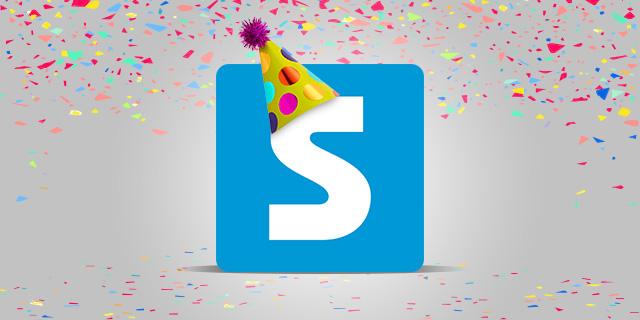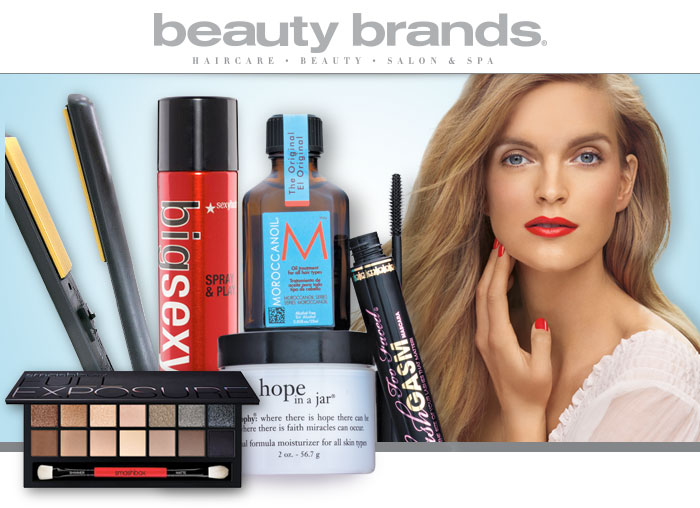Abornewords Executive Minds: My Recent Home Depot Pose, How Ones And Nones Might Get You A Little Closer To Consumers

My now involves a new hairstyle and the later is what I promised to share; it involves the behavior and policy standards which I have performed and adhered to time and time again working as a Beauty Advisor at Walgreens.
Earlier this year because I only work part-time, I took on an opportunity to work as an Independent Contractor at Home Depot so that I could earn some extra cash. The opportunity required that I attend to the visual appearance of inventory on shelves while repositioning products and ensuring the general cleanliness of product, packaging and shelves that needed dusting. The task was in line with the scope of my training. At Walgreens, we were crossed trained for every department in the store so I felt more than ready to assist in completing what is technically called Resets/Revisions. The take away here will be something contrary to what most Managers and Team Leaders would recommend but the benefit of doing what I will suggest momentarily, could very well bring you closer to your clients, encourage engagement and create the type of loyalty that keeps them coming back. Repeat business, afterall is the foundation of a good business.
I already told you that my Mother shopped at Walgreens and I in turn ended up shopping there, as well. In fact, I was shopping in my local Walgreens when I inquired about a position and I filled out the application on the spot. I scored the position, as part of the Walgreens Team in less than 2 weeks. Enough said? There's more but also a conversation shift to the expectations of Mangers/Team Leaders who usually train team members to keep shelves replenished and full of products at all times. That is a policy practice that seems logical enough if we want to ensure that consumers get the products they want and need. However, sometimes logic can go out the window if you refuse to think outside of the box.
Consider this: At Walgreens we were always instructed to watch for what is called ones and nones. Either it was one product left on the shelf or the shelf was empty ( considered a none at Walgreens). When this happened, it was like a red alert or a code blue or something close to that sense of urgency. Our responsibility was to downstock from a display or check our stockroom for the product and replenish the shelf immediately. That is what I would call standard behavior, procedure, protocol, or policy. It is the way things are done at Walgreens and what I learned while working for the company. While I was completing the initial training to try and enter Management, I would often challenge myself to think outside of the box because I knew it would be something that I could use to be a better employee. I thought about the way we interacted with our clients and my own behavior as a consumer shopping in Retail and I came to a witty conclusion. What I was forced to infer was that ones and nones were often the trigger for stimulating customer interaction, not only in the Beauty Department but throughout our organization. Then I thought, if ones and nones are going to get my clients talking to me and asking questions, maybe it would not be such a bad idea to walk just a little bit slower to that stockroom or to put replenishment of that one or none at the bottom of my to do list for the day. Right now, I know I may have a few Walgreens Executives chuckling or at least agreeing with me. At Walgreens, we created a culture that encouraged our clients to expect us to check the stockroom for products. In fact, before we issue rain-checks for a particular product, we are required to check the stockroom first. Our goal was to make sure that clients left with the product they came for or a rain-check. The result, we would be meeting the clients needs by ensuring they had the products they wanted/needed or we would be encouraging the repeat business and loyalty I talked about earlier. Either way, we were going to be on the receiving end of a larger bottom-line and a happy and healthy consumer.
Standards and policies set the course of behavior for Managers/Team Leaders and encourages the productivity or the whole team. However, that does not mean that you can not think outside of the box so when your day seems to be a lot busier than you anticipated or you find yourself working with fewer hands, do not be afraid to alter your routine by walking just a little bit slower to that stockroom and take advantage of those times when consumers are asking questions. It's your chance to build rapport and a chance for you to go that extra mile, creating the type of loyalty that keeps consumers coming back and ultimately creating repeat business.
Are you currently serving in a Leadership Role and how do you challenge yourself to think outside of the box?
Tag you're it!

In : Executive Minds
Tags: homedepot walgreens nicolekphillips
comments powered by Disqus









